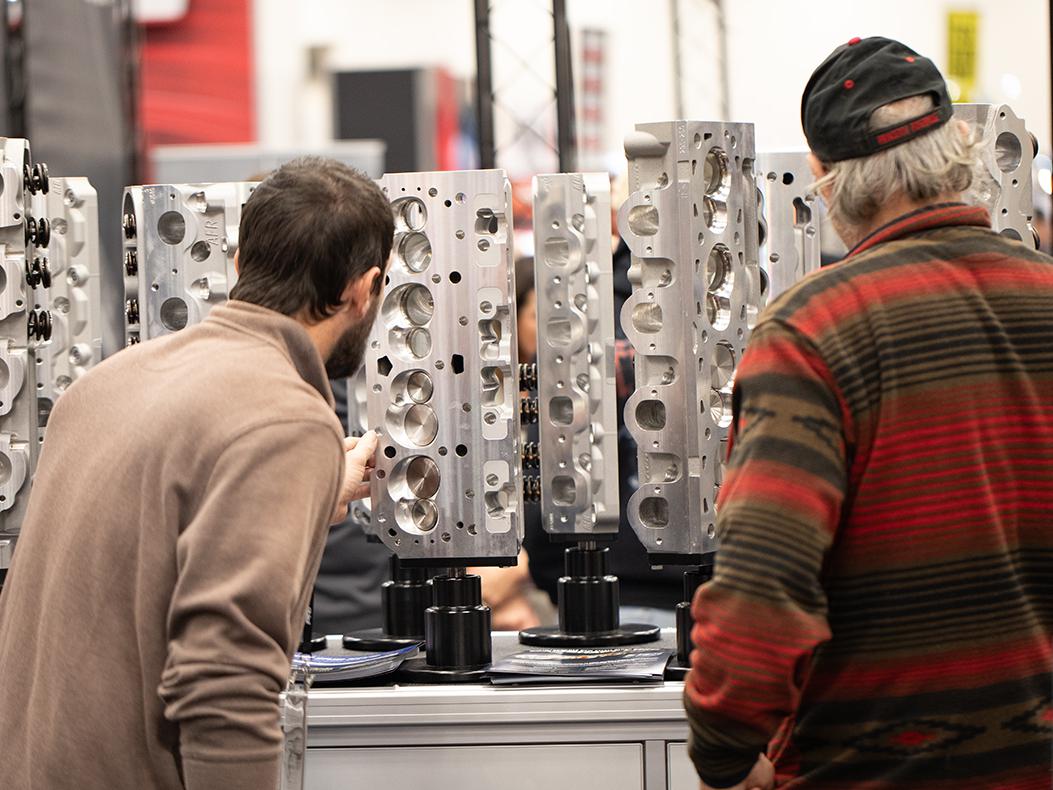Special Report: Racer Survey Results
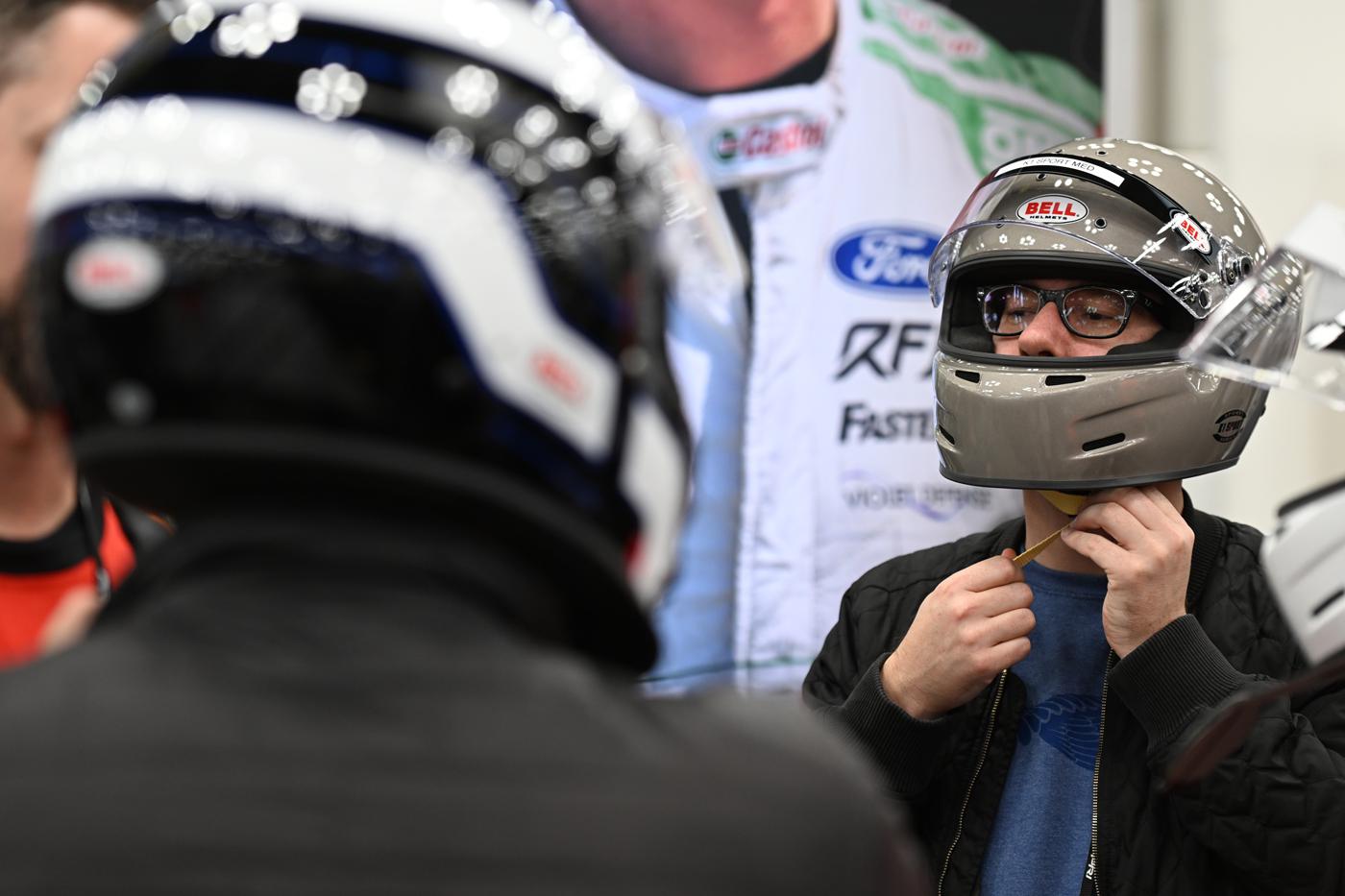
PRI’s first-ever poll of teams’ buying habits reveals how and where competitors across all types of motorsports, from the grassroots to the professional ranks, source and purchase their parts.
Taking the pulse of the Performance Racing Industry community through membership surveys is always illuminating. In recent years, the annual Racing Business Survey has provided a wealth of insight into the motorsports retail landscape. For 2023 PRI shifted gears to investigate the other side of the parts counter, so to speak, and surveyed the racers themselves about their parts-buying habits. As expected, there was plenty of intriguing and useful information in the inaugural Racer Survey that retail businesses could use to better understand and connect with their customers.
First, a quick snapshot of the racers: Of those who participated in the survey, 69% were grassroots racers or parts of a grassroots racing team, with a similar percentage operating out of the Midwestern US. About half of all respondents reported they made all parts decisions, with the rest sharing responsibility to varying extents. Roughly two-thirds of survey participants install all parts in-house. The largest cohort was drag racers, followed by open wheel short track competitors, but racers from virtually every type of motorsports participated.
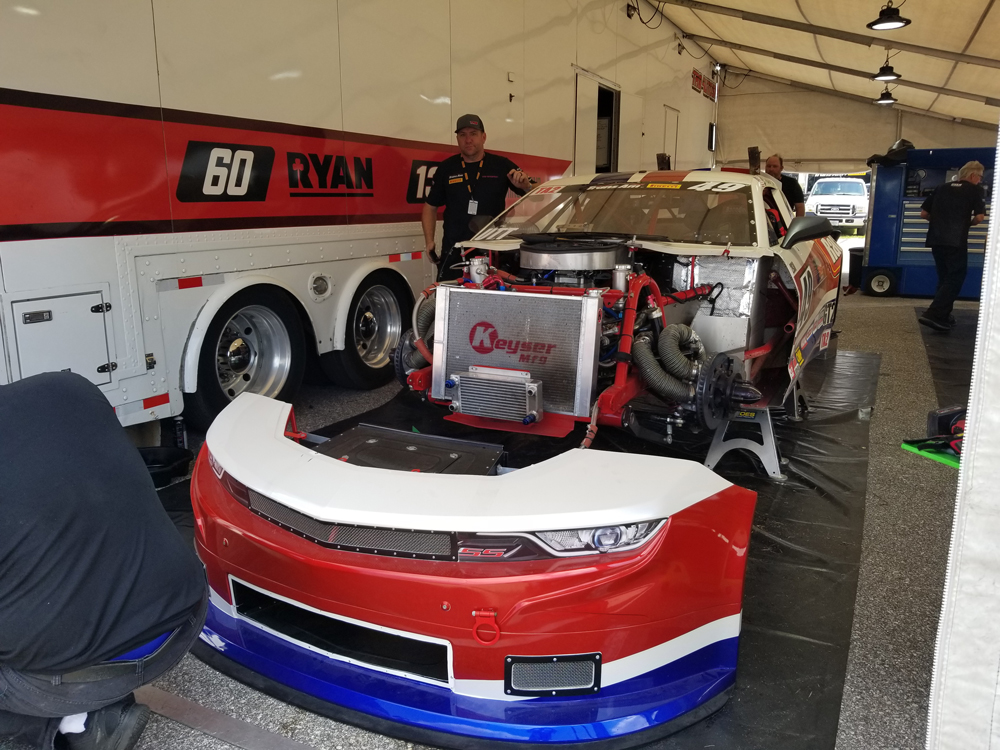
Parts buying is naturally influenced by seasonal factors, but most reported they buy parts throughout the year as needed, and almost half the respondents said they purchased parts 10 or more times a year. “It seems like every week,” said Ken Roberts of Roberts Motorsports, East Moline, Illinois. His team runs super dirt late models in the Lucas Oil Late Model Dirt Series, winning Rookie of the Year honors in 2022 with driver Garrett Alberson. “We race the Gateway Dirt Nationals at The Dome at America’s Center in December, we race Vado Speedway Park in January, we run the Winternationals down South, so we pretty much race year ’round. It seems like we’re ordering parts during the busy time, from April through September, at least weekly. The other months, probably every other week.”
Of particular interest, especially to motorsports retailers, is that 62% of respondents reported they planned to run more races in 2023 than last year. That implies even greater parts demand as the calendar unfolds.
Tried ‘n’ True Versus Brand New
For retailers, the challenge is always how to attract racers who will hopefully become new loyal customers. One of the survey questions asked if racers tended to stick with the same suppliers or if they often tried new ones. More than three-quarters said they tended to stick with the same suppliers, showing the importance of existing relationships.
Patrick Utt with Badger Auto Sport in Riverview, Florida, has owned and operated two racing businesses: Powerhouse Products and RaceQuip. He has raced off and on since 1989, but now road races full time in the Trans-Am TA2 class. “As a racer, I am always looking for innovative new products, but that has to be balanced with changing away from something that you know works,” he said. “Supplier commitment to your class or series is important, too. If they are plugged in to teams like yours, they often get feedback that allows them to evolve their products to better suit your needs.”
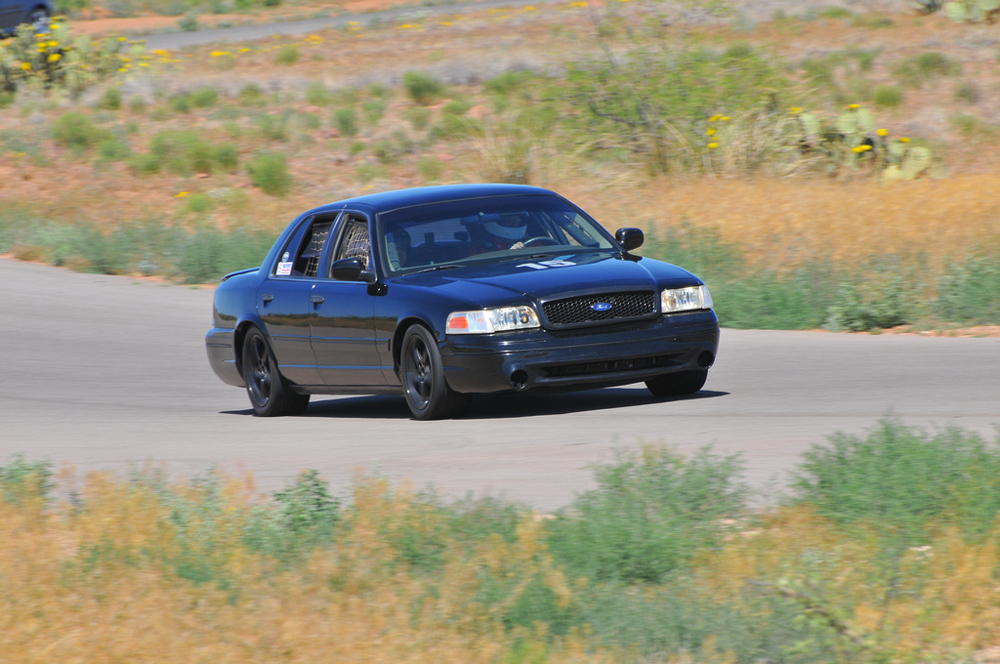
Michael Garman with Desert Star Motorsports and Challenger Motorsports in Pahrump, Nevada, fields cars in a variety of series, including SCCA, NHRA, CIFCA, Western Fuel Altereds, Spec P71, and Optima Ultimate Street Car Invitational. “We always try and stick with long-time suppliers—Don’s Hot Rod Shop in Tucson, Randy at D&Z Customs, Discount Tires, or the Goodyear dealer at Carroll Shelby Enterprises in Las Vegas, have been supplying us for years. Recently we’ve had to go to other places if we need something quickly and they don’t have it. Or we may have to use a different brand to fill a hole. We don’t like doing that, but with the supply problems today we sometimes have no choice. We used a different brand of valve in the Funny Car, and several failed and the motor ate itself.”
When racers do step outside of their parts-buying comfort zone, it can be to get a leg up on the competition or to maintain performance while cutting costs. “Usually, we have really good people around us who have been in the industry a long time,” Roberts said. “They guide us down to what is usually the higher quality products that’ll last through all the different style tracks and track conditions. Every once in a while, we’ll try something different. Ironically, this month we’re trying a different brand of rearend that they designed and made for us to test. Then they are going to take it back and take it apart to see what they can learn to do any better. So this year we took a little risk and got outside our comfort level by trying a different brand of rearend just to see if there might be more longevity. We do look at options, but we usually stay true to what is known to last, that the top-end teams use.”
When it comes to how racers preferred to buy their parts, of those who rely on a local speed shop, 43% reported that they visit one to four times a year, 29% visiting five to nine times a year, and 28% visiting 10 or more times per year. A majority of participants cited the in-person feedback and professional opinion as the main advantage to buying parts at a local shop. But the ease of online shopping is hard to resist.
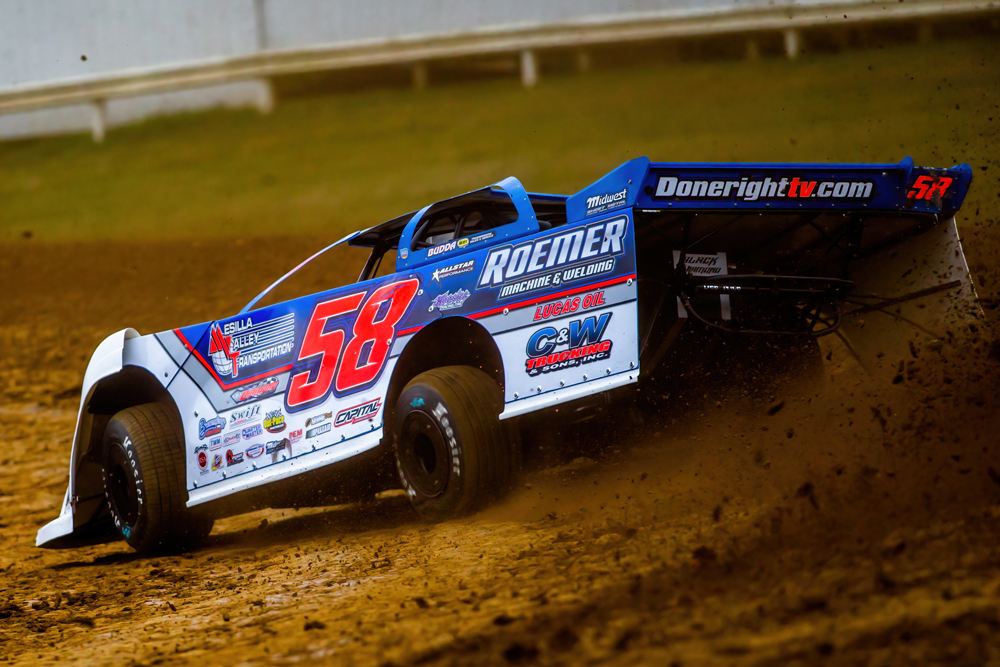
“Personally, I still like to walk into a parts supplier whenever possible. I always seem to learn something from my visit,” Utt said. “If I cannot visit in person, I typically call and ask questions when ordering something for the first time. After that, a well-executed website is a huge time saver for simple re-orders.”
Mansen Way is a hobby racer from Corydon, Indiana, who competes with his Dodge Viper in SCCA and Viper Racing League events. “I prefer online, but I often call to verify with a specialist before pulling the trigger,” he said. “If the supplier is within a 30-minute drive, I would go in person, but that’s rarely the case for Viper-related parts and components.”
For many teams, the combination of online shopping and proven suppliers is the winning combination. “I’d say 90% [of our shopping] is online,” Roberts said. “Motor State Distributing is a big supporter. Allstar Performance, they’re known to help out the racer, plus they have quick access to the parts. When you’re on the road, it’s important sometimes to be able to turn that around in a day or two. That’s of high importance, and they have a track record of doing that. Performance Bodies is another one. They’re real good supporters of dirt track racing and have a history of going out of their way to make sure you get what you need.”
Used components are naturally a part of the racing experience, although the level of used products buying varies dramatically from series to series. “Pretty much the only thing we buy is new,” Roberts said. “When you’re racing on a national level, you really can’t take any chances. I can’t think of anything I’ve bought used.”
When it comes to buying used parts, Facebook Marketplace was the biggest source cited in the survey, followed by local resellers and dealers.
“Critical items are always new—motor, transmission, tires, safety equipment,” Garman said. “Used stuff would be for add-ons or things that if they fail, no big deal. An example is we have a second tach mounted in front of the motor that we use for fine tuning at the track, that we got used. For the other two cars safety stuff is always new as are brakes, suspension, and so on. Used stuff might be wheels, intakes. The Comet is certified to 8.50, so everything we are doing will be new. Craigslist, Racing Junk, eBay and recently Facebook Marketplace for used parts and also new or custom made.”







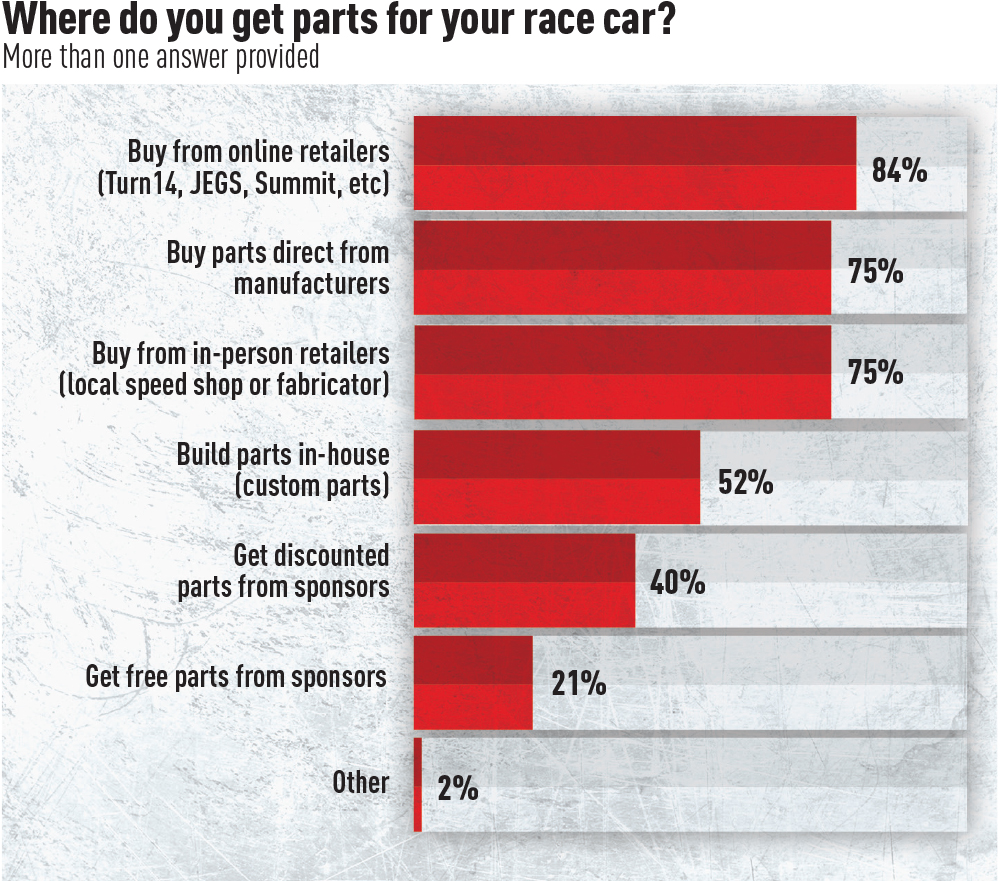
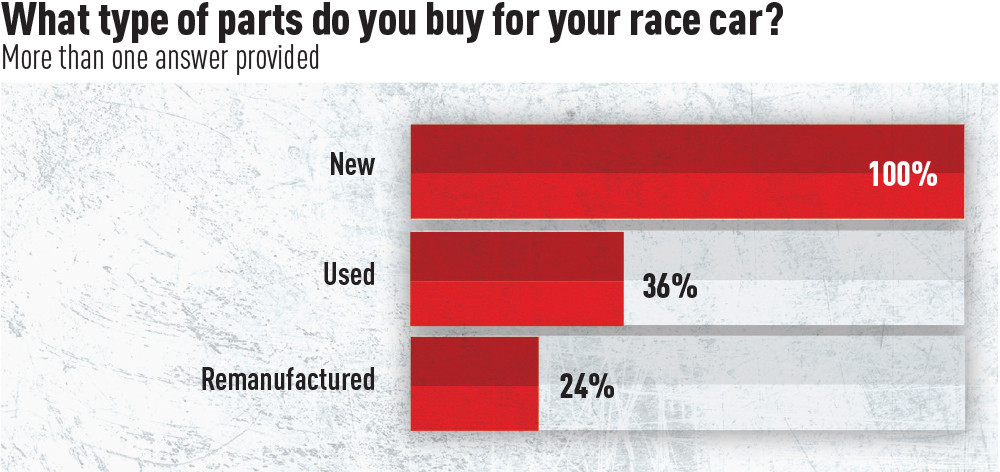
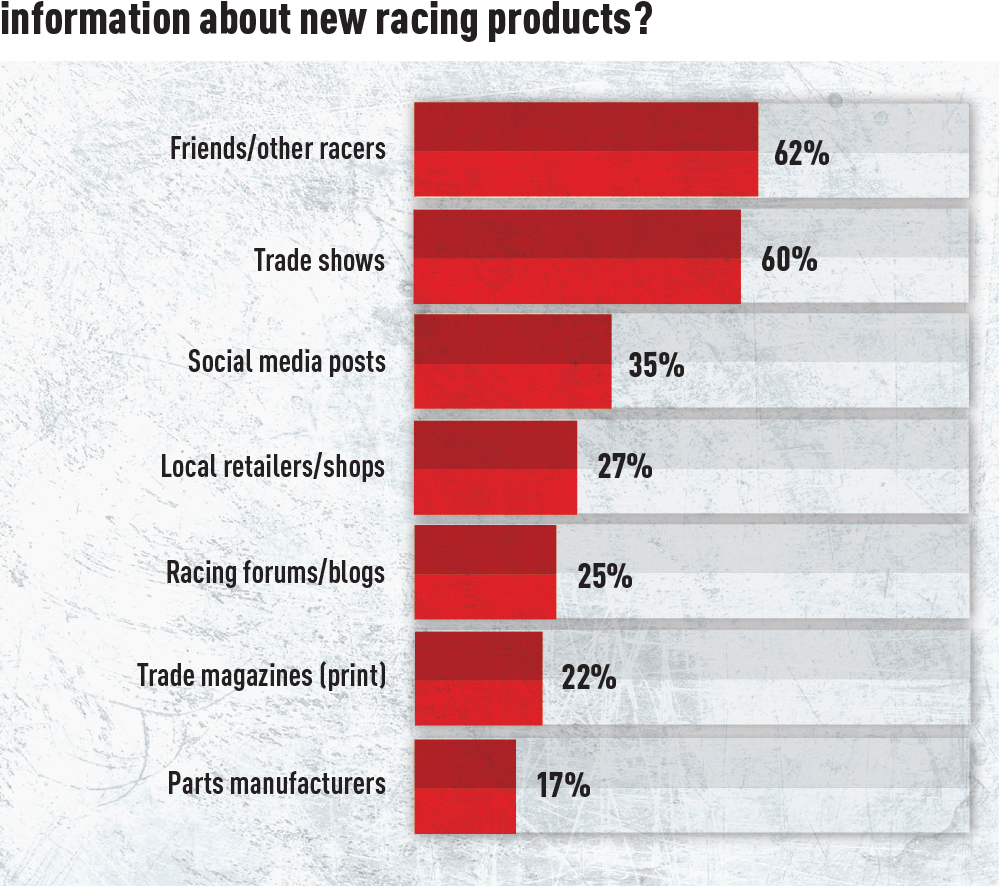
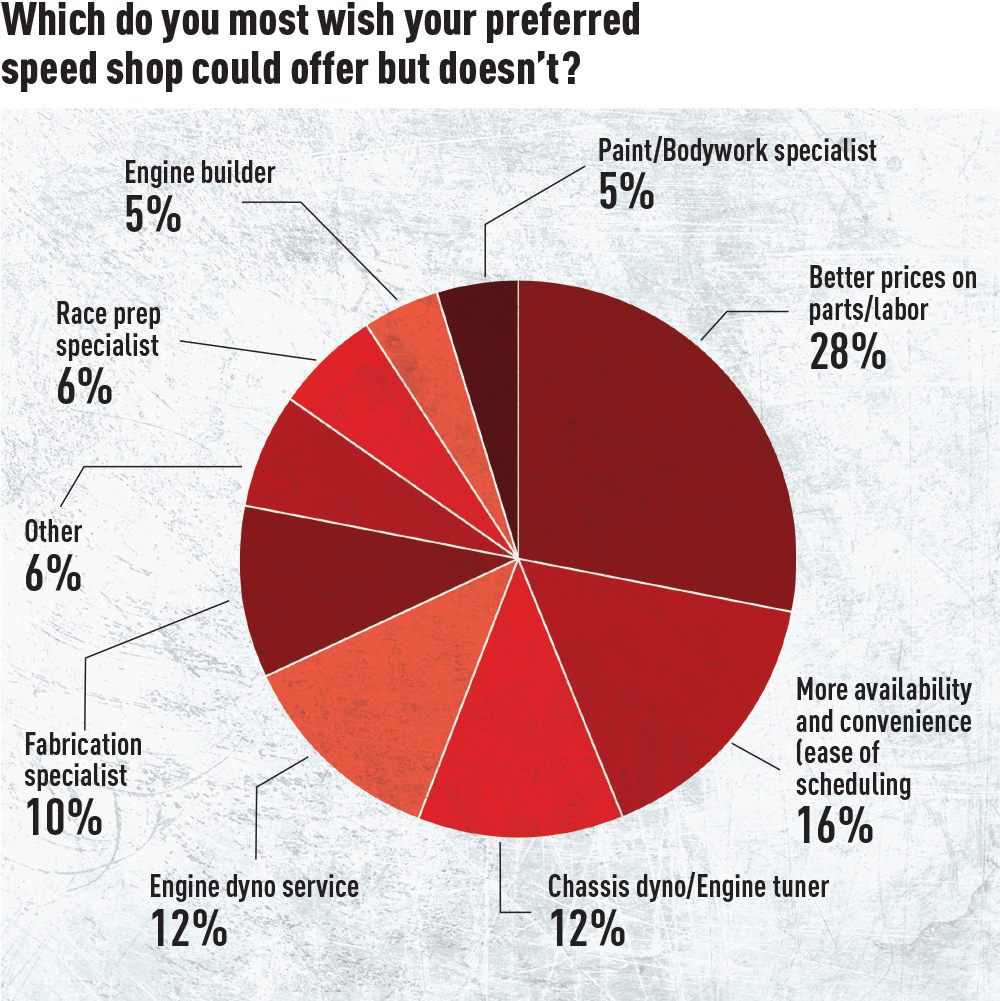
New and Noteworthy
When it comes to learning about new products, relying on trusted sources was a major factor. In the survey, 62% listed friends or other racers as their top source for information about racing products. Trade shows came in a close second.
“The worst way to learn about a new product is to see it on a competitor’s car—that means they beat you to it,” Utt said. “I would say that my team has an omnichannel approach to learning about what’s new. Talking to manufacturers either on the phone or at the track, paying attention to social media, cruising websites, reading consumer and industry magazines, and most importantly—attending the PRI Trade Show and other in-person events.”
That in-person, hands-on experience can pay big dividends for retailers. “I’d say what catches our interest is, for example, at The Dome, the parts vendors have a stand, and as we have time we’ll go talk, and they’ll tell us about some of the things they’re doing,” Roberts said. “That’s how we ended up with the new rearend. We told them of the demands that we race with and what we felt needed to be more dependable, and they agreed to build one and have us test it for a month. That caught our interest by them being available and showing us first-hand. The PRI Show is a big way too, there’s no question about it. For instance, we run the Keizer Wheels, and to be able to see them first-hand on how they come apart, it helped our program. Now, if you bend a rim, instead of throwing the whole rim out, you only have to replace one section of it. That’s something we learned by seeing them firsthand.”
Battle Scarred Motorsports is an organization serving military veterans and first-responders dealing with stress, depression, or PTSD. It has chapters around the country and helps veterans get on track in race cars as a sort of “throttle therapy.” “Battle Scarred does endurance racing, so we do ChampCar, Lucky Dog Racing League, and Lemons,” said Lesley Farner, Indiana chapter lead.
For Battle Scarred Motorsports, the big trade shows aren’t just opportunities to look for new parts but also to interact with their sponsors and suppliers, such as Hawk Performance and Hot Shot’s Secret. “Going to the PRI Show, there were so many fantastic parts out there for us to see,” said Daniel Johnson, program manager and Louisiana chapter lead. “Plus, we got to meet our vendors that help us out, face-to-face. It was two-fold. We could see new products plus tell our guys that had been helping us throughout the years in person, ‘Thank you for your help.’”
Even at the hobby racing level, direct interaction at trade shows pays dividends. “Predominantly, PRI for the latest racing technology along with Viper Parts Rack, DMS and Complete Performance Motorsports, Bad Boyzz Garage,” Way said of his primary sources for learning about new parts. “Also a few former Dodge Viper engineers I’ve met at race events are a wealth of performance information. PRI provides a broad selection of performance parts, tools, consumables, and expertise that is awesome to tap into at the shows. The problem I have is, I never have time to get to all the suppliers in the limited time I have to attend because I spend so much time talking to the vendors with the products I’m interested in.”
“We go to SEMA every year to meet with regular suppliers and look at new products. We’ve been to PRI a couple of times for the same reasons,” Garman said. “Some things we’ll purchase because of relationships, either with the vendor, another team’s recommendation, or maybe even because they help a friend. One of the reasons that we use Wilwood brakes is because they help Courtney Hansen, who we’ve known forever.”
Beyond the paddock and the parts counter, social media rounded out the top three sources of information about new products. “I’m always on social media,” Johnson said. He reports Facebook Marketplace and several Facebook groups he’s in are solid sources for parts. “A lot of times you can do an ISO search [In Search Of parts], and somebody will come through. You know how the racing community is.”
“Social media is where I get most of the useful news I’m interested in, so I go to it several times a day to check for new information and upcoming events,” Way said. “I monitor several Facebook group memberships and a little Twitter to keep up to date.”
In discussing parts buying habits with our sources, some of them spoke about the very specific needs required for their racing ventures, revealing opportunities for ambitious suppliers and manufacturers.
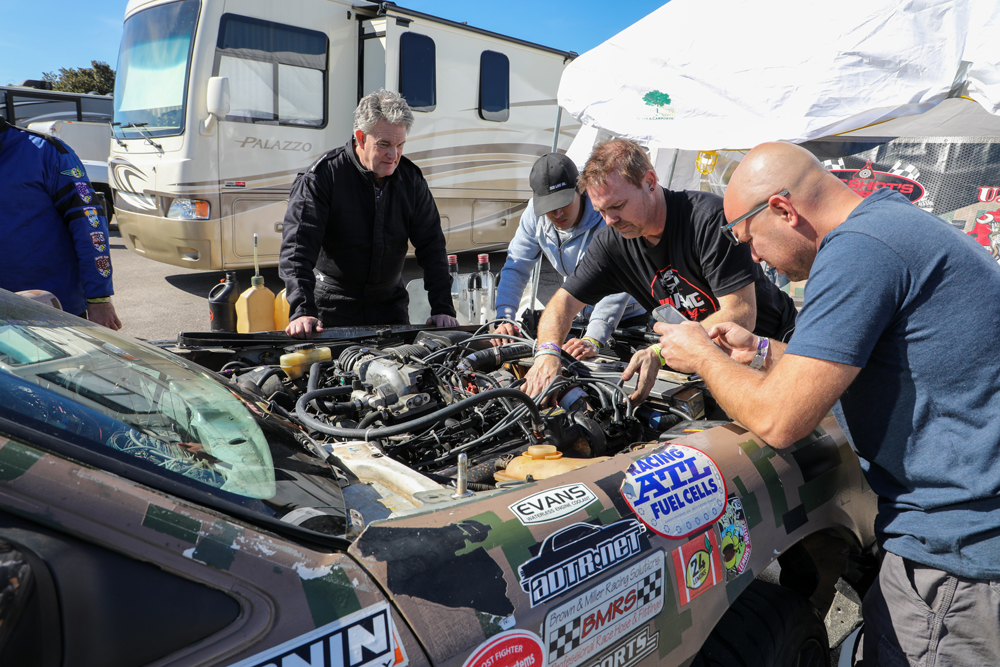
“We go through a lot of spoilers and body panels,” Roberts said. “Recently they’ve come out with these plastic quarter-panels, and they’ve been a huge savings in time and money. We would go through a right rear quarter-panel almost every weekend. The other that’s recently helped is the filler panel. They’ve gone to a composite plastic, and it lasts probably six times longer than that metal stuff would. Every once in a while, something like that comes through, and you definitely want to get on board with it, because it saves time and money, which is huge when you race this much.”
Battle Scarred Motorsports also noted how specialized equipment impacts their team. “If we have veterans who have some kind of physical ailment, we have cars that are set up with hand-controls,” Farner said. A local police department donated four Ford Crown Victorias, one of which Battle Scarred converted to hand-control with the help of AMS Vans. “We have a full-out car that we have put six different veterans in that they were able to experience racing as we do.”
One of the questions in the Racer Survey presented several options and asked, “Which do you most wish your preferred speed shop could offer but doesn’t?” Perhaps not surprisingly, “Better prices on parts/labor” drew the biggest response, but “more availability and convenience (ease of scheduling),” “engine dyno service,” and “chassis dyno/engine tuner” also drew considerable support.
Of course, there are many racers who have a foot in both the cockpit and the retail side of the trade, who see both sides of the parts acquisition issue. A noteworthy percentage of racers in our survey reported they worked for a retailer or manufacturer of race parts or worked at an engine builder or race prep shop.
“Having owned and operated two racing businesses, I am more sympathetic to what manufacturers and distributors deal with on a daily basis,” Utt observed. “I try to be an easy customer by doing my homework first before ordering and also try to have realistic expectations on backlogs in manufacturing and distribution. I probably pay more attention to a company’s background, too—who owns it and how long they have been in business.”
The racing parts market is constantly evolving, so we’re looking forward to what future PRI Racer Surveys reveal.
Sources
Badger Auto Sport
Battle Scarred Motorsports
battlescarred.org
Challenger Motorsports
challengermotorsports.com
Desert Star Motorsports
desertstarmotorsports.com
Roberts Motorsports
facebook.com/garrettalbersonracing/
Mansen Way
 MEMBERSHIP LOGIN
MEMBERSHIP LOGIN JOIN PRI
JOIN PRI
